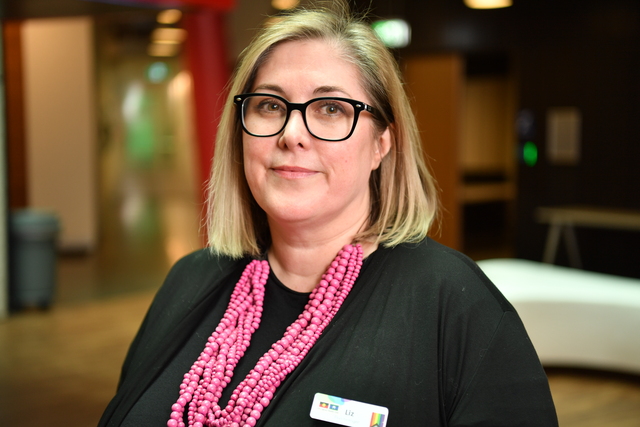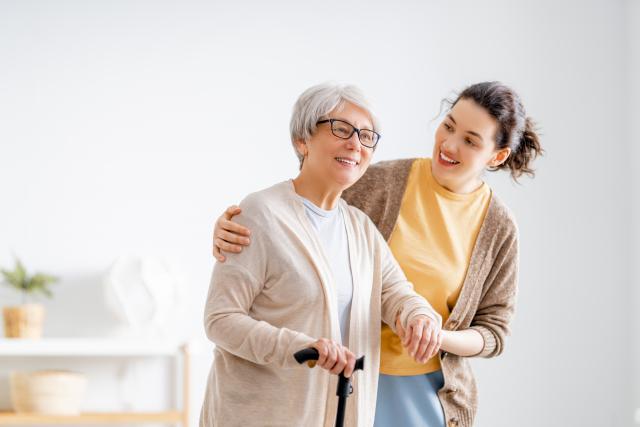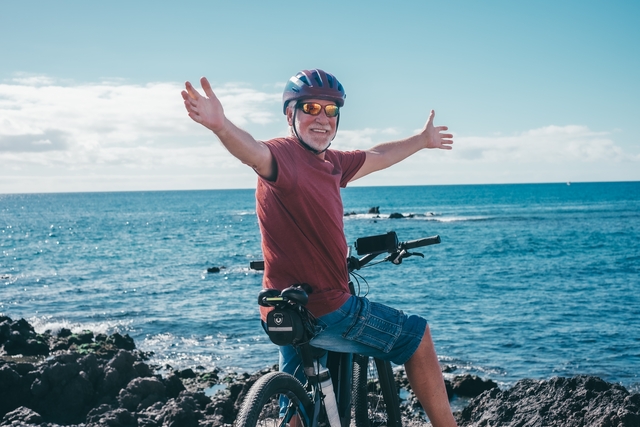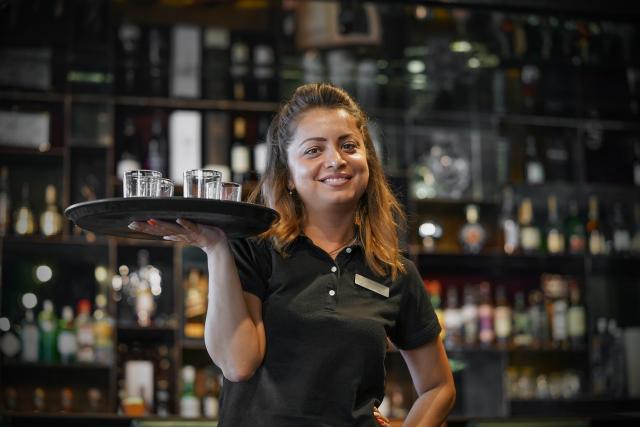When people think of mental illness, depression is usually the first condition that springs to mind.
Yet being the best known doesn’t make it the most common.
Anxiety affects more Australians than any other mental health condition, with an estimated one in four people suffering from prolonged, intense and unexplained anxiousness at some point in their life.
If this comes as shock, wait until you see the gender breakdown.
While one in five Australian men will experience anxiety in their lifetime, for women it’s one in three.
Even mental illness has a gender bias.
And according to clinical psychologist, Dr Elizabeth Barson, it’s one that’s getting worse.
“For young women particularly between 16 and 24 there’s been a really dramatic increase in anxiety, like up to 40 per cent,” said Dr Barson of a trend that she’s quick to point out, pre-dates the COVID-19 pandemic.
Now the principal psychology educator at Western Health, Dr Barson has treated women with anxiety and other mental health disorders for 20 years.
She said while the causes of the increase among young women was unclear, the reasons why women were more prone to anxiety than men, wasn’t.
Biological factors, medical conditions, previous life experiences and current life stresses are considered the four main causes of anxiety and as Dr Barson broke each one down, the gender imbalance didn’t seem so surprising at all.
“One of the big things is the hormonal fluctuations that happen for women during their reproductive cycles. Anxiety is much higher at periods when there are hormonal fluctuations. All of those hormones are actually heavily involved in the brain,” she explained of a biological factor that overwhelmingly affects one sex more than the other.
As for life experience, Dr Barson said the prevalence of violence against women created a gender divide.
“Forty per cent of australian women will have experienced gender based violence after the age of 15 and those who have are four times more likely to experience anxiety, ” she said, adding that the economic and social factors causing current life stresses were also tilted against women.
“We also know that anxiety is much higher in the poorest one fifth of Australians than the richest one fifth and there’s a lot of gender based financial inequality for women too.“
Fortunately, there is some cause for optimism.
Women speaking up about their anxiety is much more socially accepted and much more common that it is for men and Dr Barson said once that happens, things can rapidly improve.
“The thing is there are very good treatments for anxiety,” she said.
“People who get evidenced based treatment are likely to get a big reduction in their symptoms and for some people their symptoms will go altogether.”
Those symptoms can include panic attacks, a racing heart, headaches and difficulty sleeping, while the most effective treatments are cognitive therapy , medications (usually anti-depressants) and lifestyle changes such as diet and exercise.
Or as Dr Barson advised “the strongest evidence is for the combination of all three“.
For help and information with anxiety, visit Beyond Blue: https://www.beyondblue.org.au/ or headspace: https://headspace.org.au/







